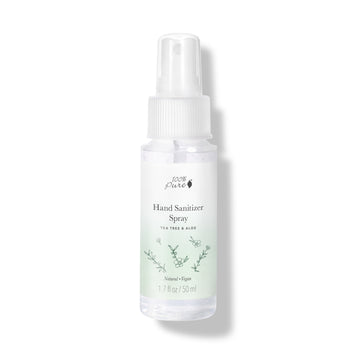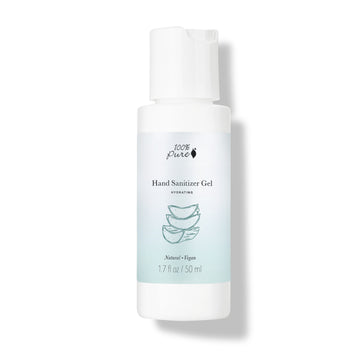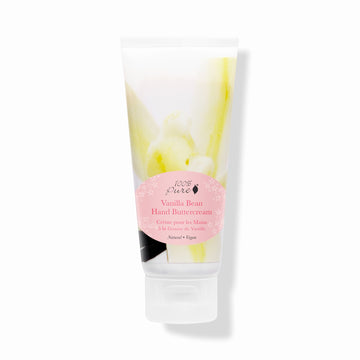Balancing between constant sanitizer spray use and healthy hands
Written by: 100% PURE ®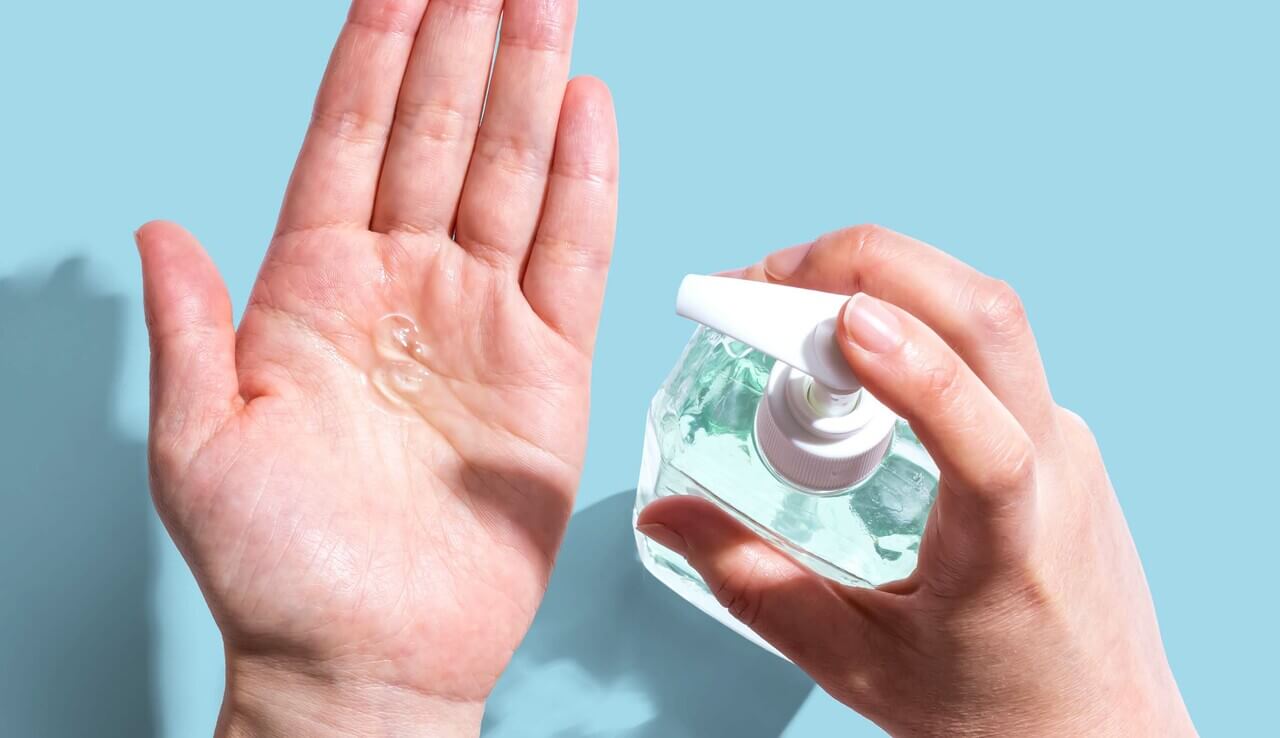
If there’s one thing we’re all too familiar with now more than ever, it’s a good old-fashioned hand washing. While we’d love to keep hands germ-free 24/7, sinks aren’t exactly portable – the next best thing is a hand sanitizer spray.
But is diligent hand sanitizing also damaging our skin? Since many conventional sanitizers contain harsh ingredients and a bouquet of synthetic fragrances, you could be left with dried-out, unhappy hands – fear not!
We’re delving into the necessity of hand sanitizers and what effects they have on skin – especially during the cold, dry months. We’ll also let you know what ingredients to use (and avoid) for soft, healthy hands.
Since you can’t properly wash your hands while away from the sink, a hand sanitizer is useful in a pinch. Sanitizing your hands is not only important for you, but for the health of others. Hand sanitizer sprays can be a helpful tool for reducing the transmission of germs and disease-causing bacteria.
Sanitizing your hands also helps children, the elderly, and those with compromised immune systems who may face more health challenges from getting sick. It also helps when you need to handle sanitary items like a baby’s pacifier, home COVID-19 tests, or diabetic supplies. The more we spread awareness around proper hand sanitizing, the healthier and more germ-free we can all be.
Newsletter Subscribe
for more blog updates and exclusive discounts
Frequent habits like hand sanitizing can wreak havoc on our skin, especially if we’re not mindful of toxic ingredients lurking in some conventional sanitizers. You’ll want to steer clear of neon green sanitizers that slap you in the face with a cacophony of synthetic fragrances and dyes – before they dry your hands beyond recognition.
You’re also not in safe hands with alcohol-free sanitizers. Many of these formulas contain strong astringents that will dry out and irritate your hands – and dehydrate your skin over time. Some brands claiming to be ‘natural’ use petroleum-derived isopropyl alcohol in their hand sanitizer formulas, which is made from toxic petrochemicals.
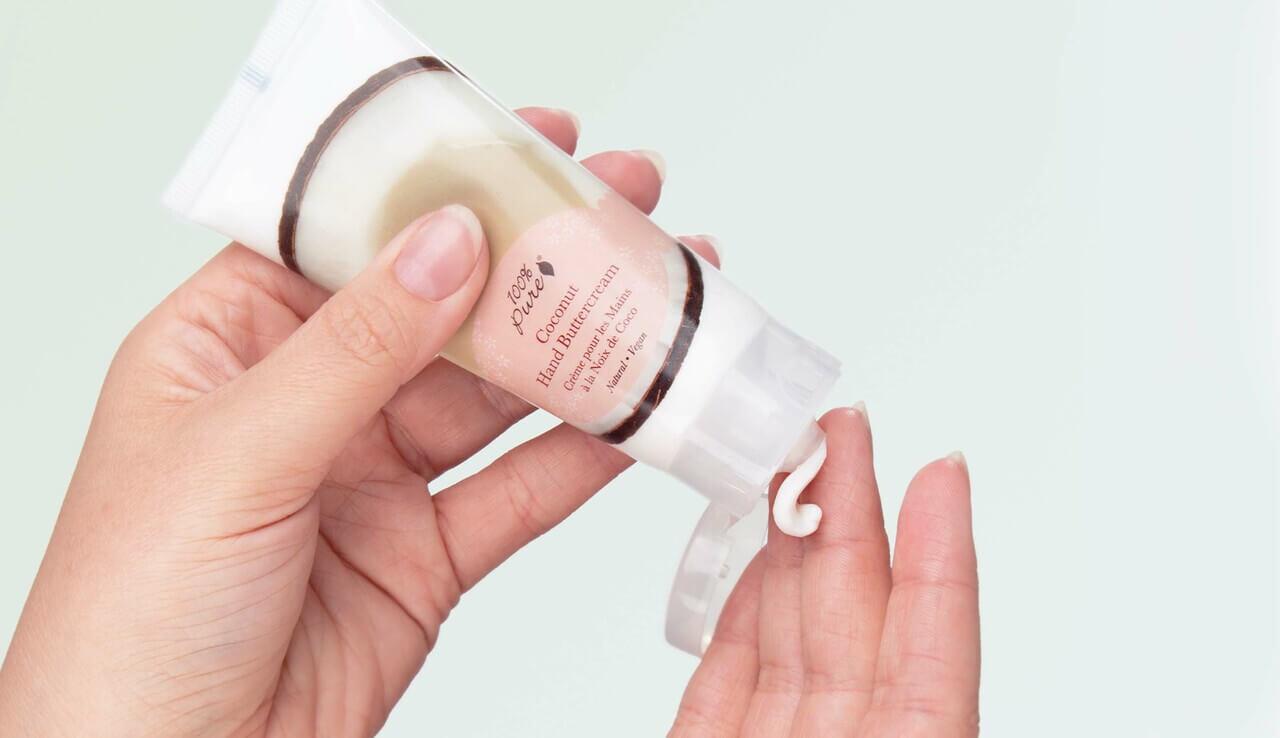
We know there’s a good chance your hands could suffer from using harsh sanitizers or by over-sanitizing. But your skin shouldn’t have to pay the price for healthy, germ-fighting habits! With a few short tips, we’ll show you what to do (or avoid) to get soft hands with gentle (yet effective) ingredients.
#1: Avoid harsh fragrances and dyes
Steer clear of petroleum-derived FD&C artificial dyes like Red No. 40, which might contain harmful contaminants such as heavy metals. Many sanitizers contain fragrances, which can create skin irritation. They may also contain animal fats or animal byproducts that should stay with the animal, not us.
#2: Wash hands with an emollient soap
Once you reach a sink, you’ll want to remove any alcohol or drying ingredients from a hand sanitizer sitting on the skin. Wash hands with an emollient soap with nourishing ingredients like plant oils, shea butter, cocoa butter, and fatty acids that can seal in hydration.
Using our Hydrating Hand Wash can work to kill germs and nourish the skin. It contains tea tree oil, which possesses antibacterial and antiviral properties. Glycerin preserves moisture levels.
#3: Use quality hand sanitizer
Opt for a quality hand sanitizer spray with moisture-preserving ingredients like intensely hydrating glycerin, soothing aloe vera, and other effective moisturizers. Other hydrating plant-based surfactants like Coco Betaine (biodegradable surfactant derived from coconut oil) can sanitize the skin without over-stripping natural lipids.
If you’re looking for sanitizers that are gentle on your skin (and your nose) and can help with disease-causing bacteria – we have some! Our Hand Sanitizer Spray features antibacterial tea tree oil and ethyl alcohol for a quick-dry finish. Aloe vera gel and vegetable glycerin ensure hands feel fully hydrated.
If you prefer the feel of a gel, then our Hand Sanitizer Gel is perfect for soothing dry hands and boosting germ-killing power with antimicrobial citric acid.
#4: Patch test for irritation
If you have sensitive skin, you’ll want to patch test to determine if your skin likes the sanitizer. To patch test, apply a small amount of the sanitizer spray to your clean forearm or elbow. Wait at least 24 hours. If you experience any irritation, wash the affected area and discontinue the sanitizer.
#5: Use a rich hand lotion
To prevent overdrying after using an alcohol-based hand sanitizer, follow up with moisturizing hand cream. To ensure proper protection and function from your hand sanitizer, be sure it has dried completely before applying your hand cream. To restore softness to dry, cracked hands, try Vanilla Bean for a touch of sweetness!
#6: Have multiple hand sanitizer sprays
You can’t ever have too large of a hand sanitizer crew. In the absence of a sink, having one in your car, at work, and a few at home is useful in a pinch.
Frequent hand sanitizing can wreak havoc on our skin, especially if we’re not mindful of how often we’re using sanitizers with harmful ingredients. The more you opt for a more natural hand sanitizer spray with effective ingredients, the more your hands will thank you. Applause, please!
For more on hand sanitizer sprays, read our complete breakdown of CDC recommendations, good vs. bad alcohols and ingredients, and more!
- Tags: December-2021, how-to
We carefully hand-select products based on strict purity standards, and only recommend products we feel meet this criteria. 100% PURE™ may earn a small commission for products purchased through affiliate links.
The information in this article is for educational use, and not intended to substitute professional medical advice, diagnosis, or treatment and should not be used as such.


